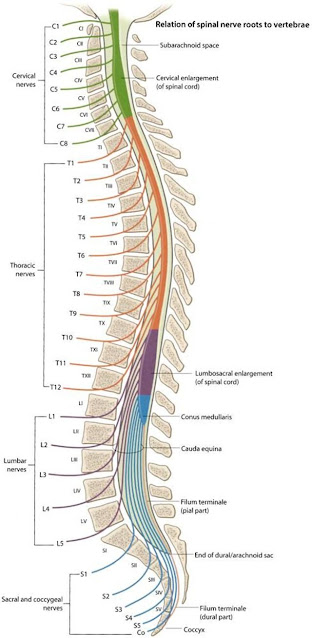Causes of postoperative jaundice or hepatic dysfunction
Pre hepatic/ Haemolytic/ Bilirubin overload Massive blood transfusion Transfusion reaction Haemolytic anaemia Surgical trauma with multiple injuries Prosthetic heart valve Cardiopulmonary bypass Hepatocellular injury Exacerbation of preexisting liver disease Hepatic ischemia: hypotension, hypovolemia, cardiac failure Hypoxia Drug-induced - Halothane Septicaemia Intrahepatic Cholestasis Viral hepatitis Alcoholic hepatitis Cholestasis in pregnancy TPN Steroid, OCP Extra hepatic cholestasis Biliary obstruction, stricture, injury, leak Pancreatitis Patients with severe cholestasis may have an elevated prothrombin time, which may respond to vitamin K. Prolonged cholestasis may lead to malabsorption of fats and other fat-soluble vitamins, and thus nutritional evaluation may be required. INR should be monitored until normalization unless another explanation such as coagulopathy or medication is provided.

